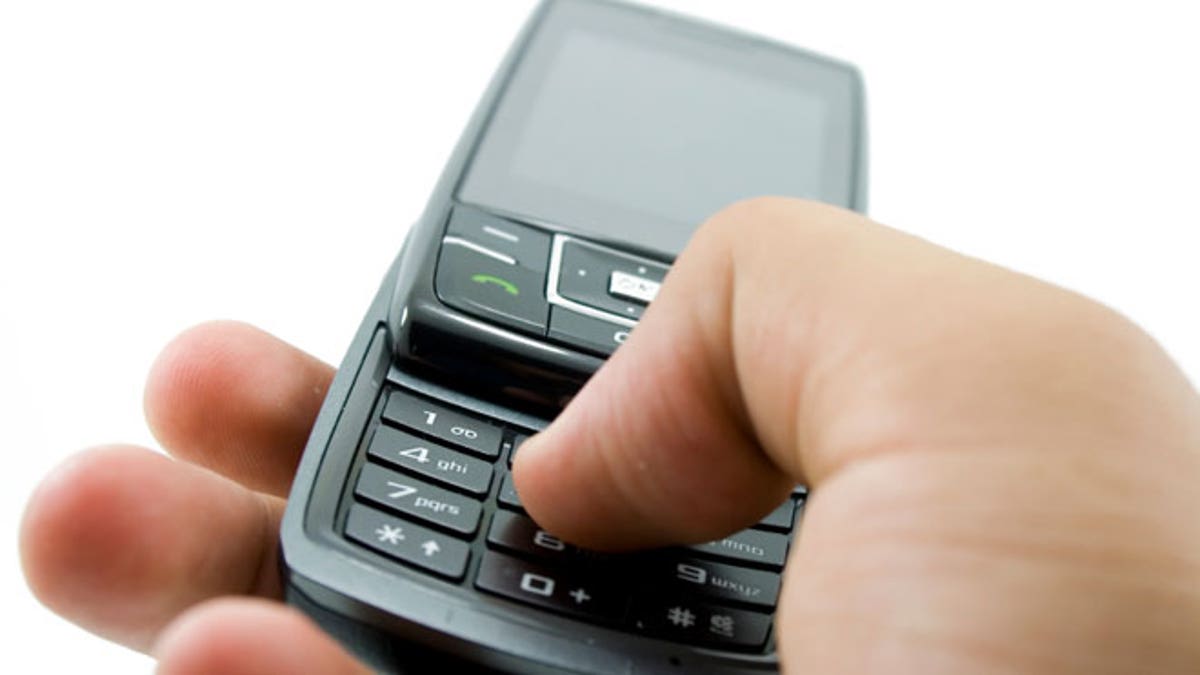
One in six mobile phones in Britain is contaminated with fecal matter, a new study suggests.
A report from the London School of Hygiene & Tropical Medicine and Queen Mary, University of London revealed that traces of E. coli bacteria found on mobile phones are most likely due to device owners not washing their hands properly after using the bathroom. E. coli — or Escherichia coli, which is found in feces — can cause upset stomachs, food poisoning and can even be fatal in some cases.
“While some cities did much better than others, the fact that E. coli was present on phones and hands in every location shows this is a nationwide problem,” said Ron Cutler of the University of London. “People may claim they wash their hands regularly, but the science shows otherwise."
The study took 390 samples from mobile phones in 12 British cities that were analyzed in a lab to determine the type and number of germs lurking. Participants also answered a series of questions about hand-washing habits. The margin of error was not given.
The study was conducted to promote Global Handwashing Day (Oct. 15), which aims to spread awareness aboutdiarrheal and acute respiratory infections that affect millions of children in developing countries every year.
Although 95 percent of respondents said they wash their hands with soap whenever possible, a whopping 92 percent of phones and 82 percent of hands had bacteria on them. In fact, 16 percent of both hands and phones had traces of E. coli.
Bacteria and germs were mostly prominent among mobile phone users in Birmingham (41 percent), while Londoners had the highest proportion of E. coli on their hands (28 percent). [Read: Top 10 Reasons to Ditch Your Dumb Phone for a Smartphone ]
The study also noted that those who had bacteria on their hands were three times as likely to have bacteria on their phone.
Fecal bacteria can survive on hands and surfaces for hours at a time, especially in warmer temperatures away from sunlight, the study said. It is easily transferred by touch to door handles, food and, of course, mobile phones.
